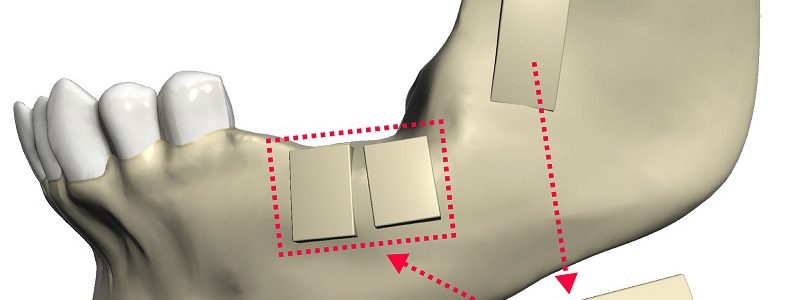♦ Improve oral and dental activity ( The biting and chewing)
♦ Improving the appearance of the face and teeth and increasing its beauty
♦ Long-term improvement of health-related quality of life, oral health-related quality of life and psychological functioning
Maxillofacial Surgery Benefits
• Chewing and biting are easier and the whole chewing process is improved.
• Excessive wear and breakage of teeth during life is minimized.
• The imbalance of the face is corrected, the lack of chin development, the lower teeth being more forward than the upper teeth, the upper jaw being more backward than the lower jaw, and the upper jaw teeth being covered by the lower jaw teeth are improved..
• The balance of the middle or lower parts of the face is corrected.
• A gummy smile in which the lips are not fully closed or pulled upwards and many areas of the gums are showing will improve..
One of the advantages of jaw and mouth surgery is to make chewing and biting easier.
side effects Mouth and jaw surgery
Nerve damage
After jaw cosmetic surgery, temporary numbness of the chin, tongue, and gums due to bruising of the chin nerves is common.. In rare cases, the numbed area remains numb.
Damage to the teeth
If the teeth are not thoroughly cleaned, or during orthodontic treatment, drinks and acidic or sweet foods are consumed, the surface of the tooth is irreversibly damaged..
Relapse
The tooth and jaw may recur to a greater or lesser extent after the treatment is completed ( return to the initial state.) To minimize this tooth movement, patients are given retainer wires.
Dr Behnam khorami








